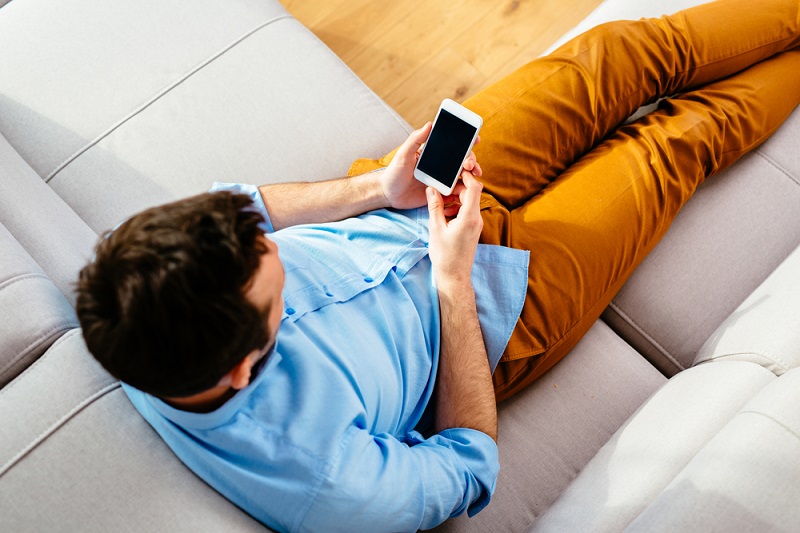You Totally Have Enough Time to Exercise If You Just Put Down Your Phone
Stop staring at your phone and start moving.

Too busy to exercise?
Sorry, not buying it.
A new study says many Americans have plenty of free time in the day for exercise but they spend that time looking at screens instead. The study, published Sept. 26 in the journal Preventing Chronic Disease, analyzed information from more than 32,000 Americans who took part in the American Time Use Survey from 2014 to 2016. This national survey gathers information from people ages 15 and older who record their activities over a 24-hour period.
On average, Americans reported more than 5 hours (300 minutes) of free time per day, and most of this time was spent watching TV or using electronic devices, such as smartphones or computers.
Related: How to Start an Exercise Routine and Stick to It
"There is a general perception among the public and even public health professionals that a lack of leisure time is a major reason that Americans do not get enough physical activity," study co-author Dr. Deborah Cohen, a physician-researcher at RAND, said in a statement. "But we found no evidence for those beliefs."
The authors used a fairly strict definition of what counts as "free time." For example, they excluded activities such as grocery shopping, cleaning, cooking, eating, sleeping, self-care (i.e., grooming) and playing with children.
Sign up for the Live Science daily newsletter now
Get the world’s most fascinating discoveries delivered straight to your inbox.
Even so, the authors found that no age or ethnic group in the study reported less than 4.5 hours of free time per day.
Overall, men reported an average of nearly 6 hours (356 minutes) of free time per day, and women reported an average of 5.3 hours (318 minutes) per day. The group with the shortest amount of free time was women ages 25 to 60, who reported about 4.5 hours (271 minutes) per day, on average.
The majority of people's free time was spent looking at screens, with men reporting 211 minutes of screen time per day and women reporting 175 minutes of screen time per day, on average. Men spent just 6.6% of their free time engaging in physical activity, and women spent just 5% of their free time doing physical activity.
People with higher incomes reported spending a larger share of their free time on physical activities and less time looking at screens compared with those in lower-income groups.
"Increasing the public's awareness of how they actually use their time and creating messages that encourage Americans to reduce their screen time may help people to become more physically active," Cohen said. "These findings suggest getting Americans to devote at least 20 or 30 minutes each day to physical activity is feasible." (U.S. guidelines recommend that people engage in 150 minutes of moderate aerobic activity per week.)
Still, the authors noted that to get more people to exercise, physical activity needs to be convenient and compelling enough to compete with screen time.
- 4 Easy Ways to Get More Exercise
- 7 Ways to Short-Circuit Kids' Mobile Addiction
- 9 Tips for Exercising in Winter Weather
Originally published on Live Science.

Rachael is a Live Science contributor, and was a former channel editor and senior writer for Live Science between 2010 and 2022. She has a master's degree in journalism from New York University's Science, Health and Environmental Reporting Program. She also holds a B.S. in molecular biology and an M.S. in biology from the University of California, San Diego. Her work has appeared in Scienceline, The Washington Post and Scientific American.









